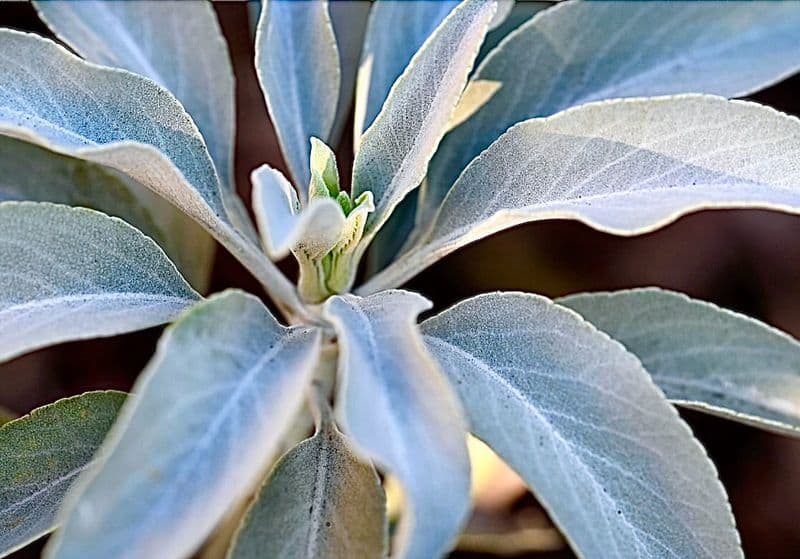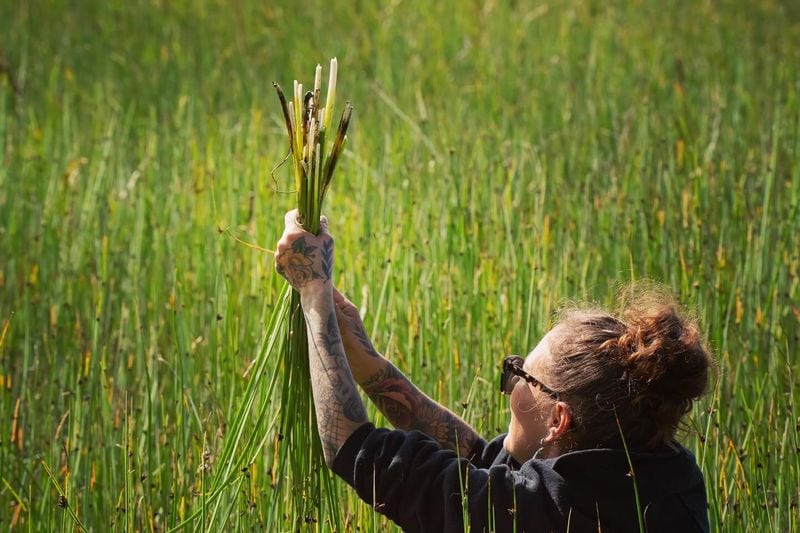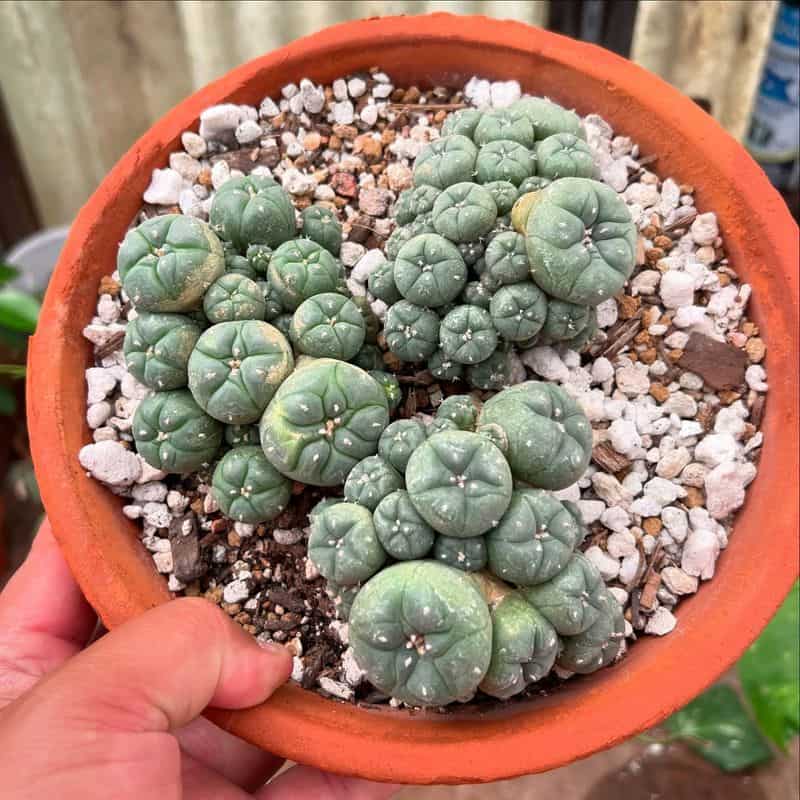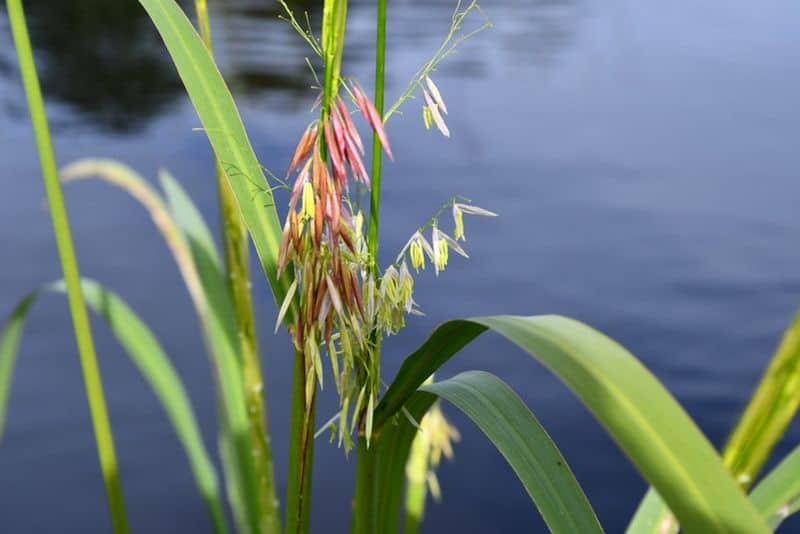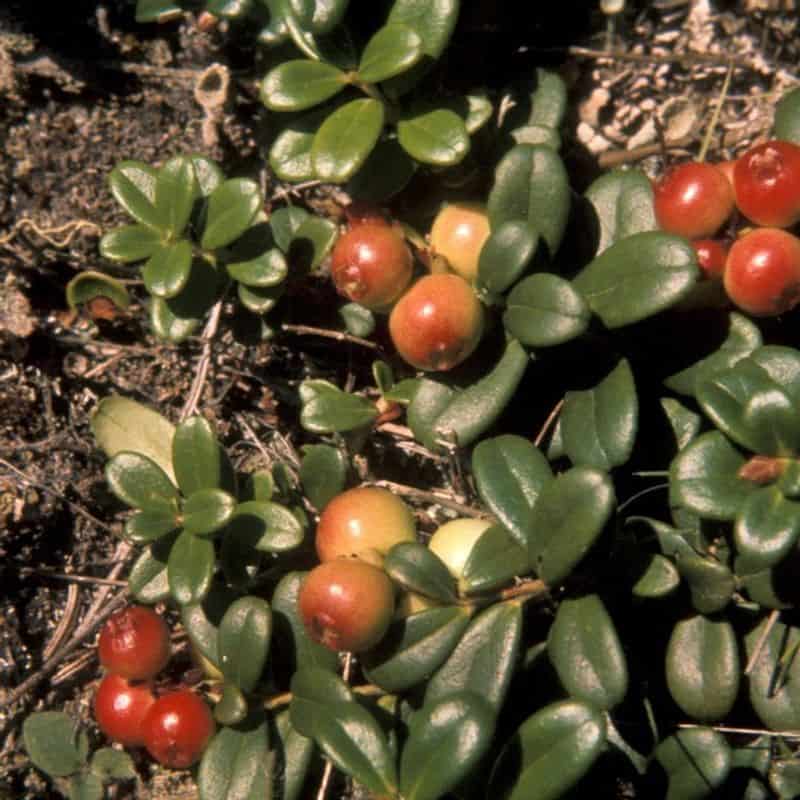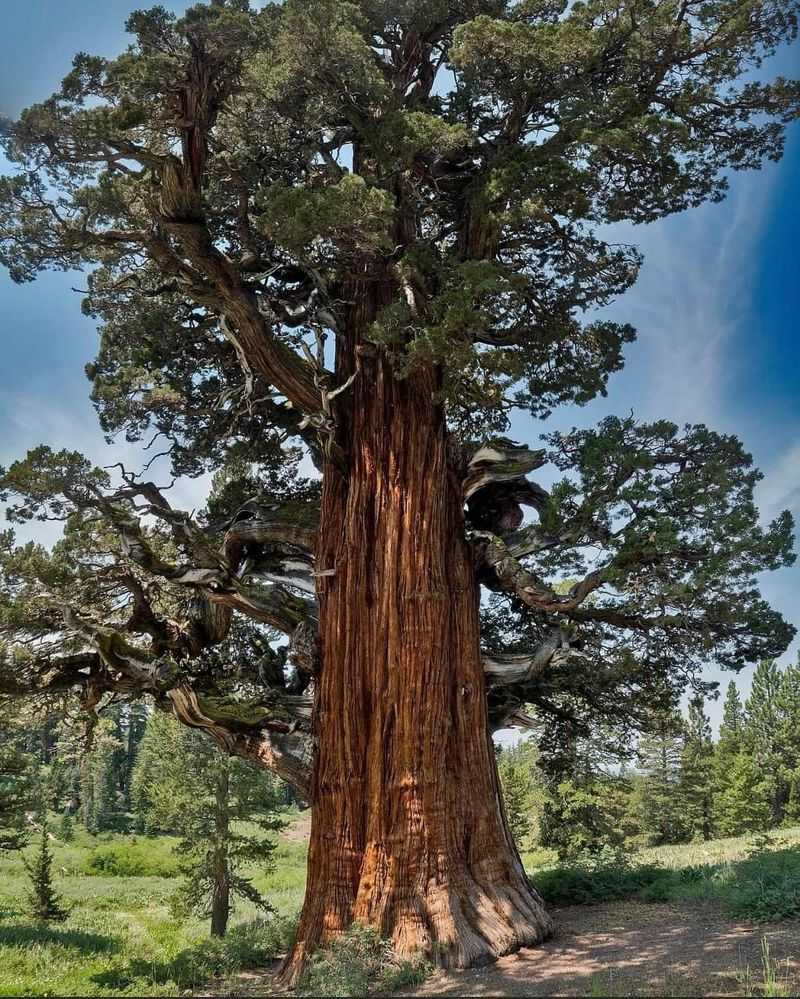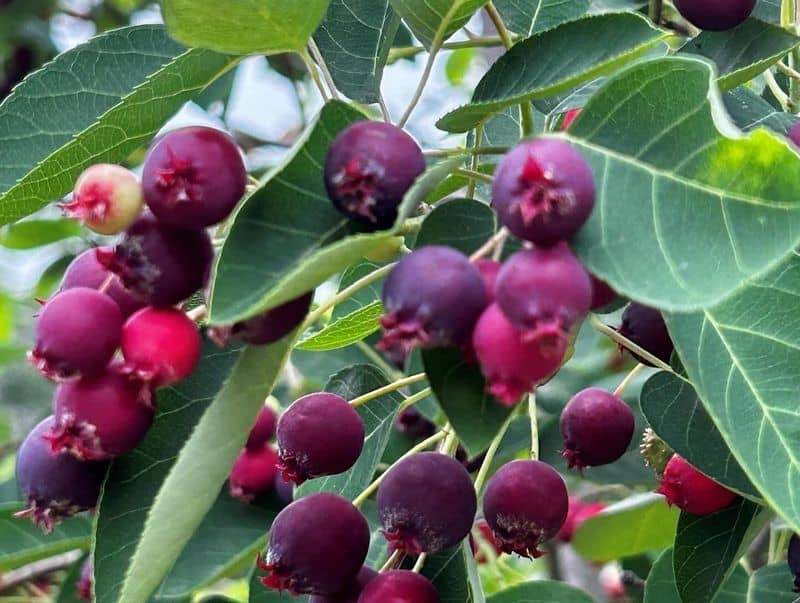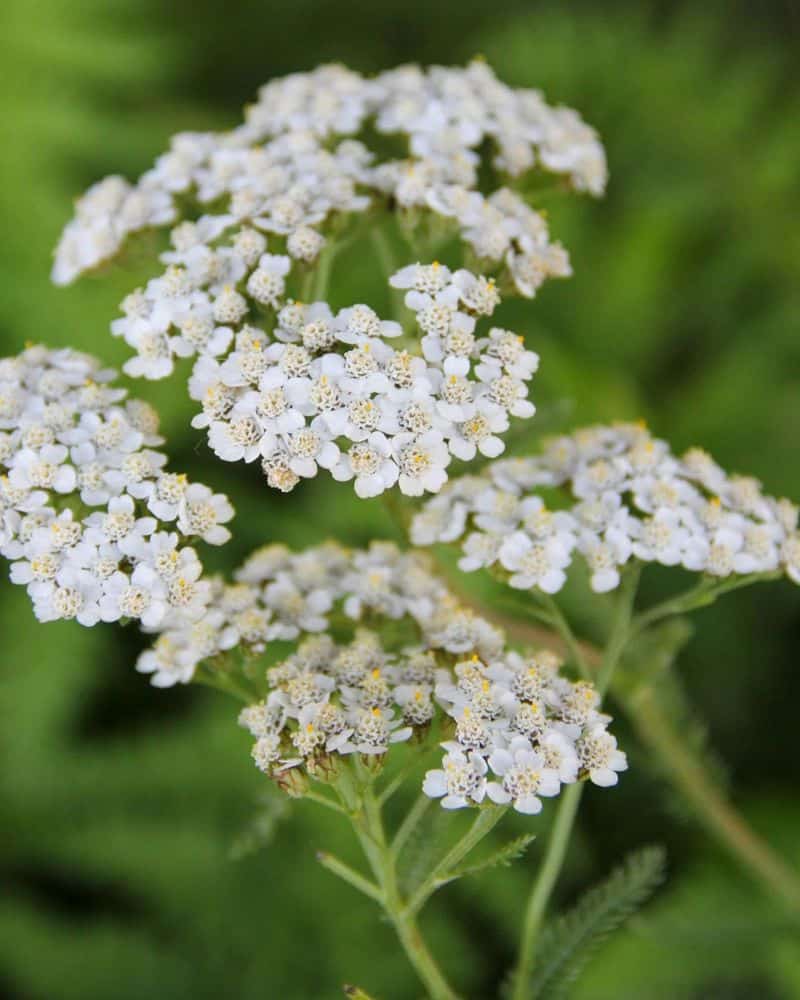Native American tribes have honored certain plants as sacred for thousands of years, using them in healing ceremonies, spiritual rituals, and daily life.
These special plants connect people to their ancestors and the natural world in meaningful ways.
Learning about these sacred plants helps us understand the deep respect Native cultures have for the earth and its gifts.
1. Sage: The Sacred Cleanser
White sage bundles crackle and release aromatic smoke that drifts through ceremonial spaces, carrying prayers skyward. For countless generations, tribes like the Lakota and Navajo have used this powerful plant to purify people, places, and objects.
The practice of smudging—burning sage to cleanse negative energies—remains central to many Native American spiritual traditions today. Sage represents wisdom and clarity of thought.
When gathered with respect and proper ceremony, this desert plant serves as a spiritual tool for protection. Many elders teach that sage should never be harvested without first offering tobacco as thanks to the earth.
2. Sweetgrass: The Hair of Mother Earth
Long, fragrant blades of sweetgrass sway in summer breezes across meadows of North America. Many tribes, including the Anishinaabe and Blackfoot, braid this vanilla-scented grass and burn it slowly during ceremonies to attract positive spirits and good fortune.
Called “the hair of Mother Earth” by some Native peoples, sweetgrass represents kindness and must be harvested with gratitude. The plant is never pulled from the root but carefully cut, allowing it to grow again.
Its sweet smoke creates a welcoming atmosphere for beneficial energies. Even today, sweetgrass braids hang in many Native homes as a reminder of cultural heritage and spiritual protection.
3. Tobacco: The Sacred Messenger
Traditional tobacco holds a place of profound reverence unlike any commercial product. Native peoples like the Cherokee and Iroquois consider it a sacred gift that carries prayers directly to the Creator when offered with sincere intention.
Small pinches of tobacco are placed at the base of plants before harvesting medicines as a sign of respect and gratitude. During important council meetings, ceremonial pipes filled with tobacco create a sacred space for honest communication.
The original tobacco varieties grown by Native Americans differ greatly from commercial tobacco, containing different properties and used in much smaller amounts. Many tribes maintain tobacco gardens specifically for ceremonial purposes.
4. Cedar: The Tree of Life
Majestic cedar trees stand as silent guardians in Native American spirituality. The Ojibwe, Coast Salish, and many other tribes use cedar branches, bark, and roots for protection against negative influences and spiritual cleansing.
Cedar tea brewed from young tips provides vitamin C and helps treat colds. Mothers traditionally bathed newborns in cedar water for spiritual protection, while cedar boughs purify homes and ceremonial spaces.
The inner bark becomes material for beautiful baskets, clothing, and ceremonial regalia. Cedar’s distinctive fragrance represents strength and persistence—the ability to thrive through harsh winters and continue growing for hundreds of years.
5. Peyote: The Medicine of Vision
Small and unassuming, the peyote cactus grows close to the earth in the deserts of southwestern United States and northern Mexico. For the Native American Church, this button-shaped cactus serves as a sacred sacrament in all-night prayer ceremonies focused on healing and spiritual guidance.
Participants sit in a circle around a central fire, praying for loved ones while songs are sung to the rhythm of water drums. The bitter-tasting cactus opens pathways to profound spiritual insights.
Federal law protects Native Americans’ right to use peyote for religious purposes, recognizing its importance in indigenous spiritual practices. Many tribal members credit peyote ceremonies with helping overcome addiction and restoring cultural identity.
6. Wild Rice: The Food That Grows on Water
Canoes glide silently through northern lakes as harvesters gently knock ripe grains of manoomin—wild rice—into their vessels. For the Ojibwe and other Great Lakes tribes, this aquatic grass represents far more than food; it embodies their migration story and cultural identity.
According to ancient prophecies, the Anishinaabe people were told to journey west until they found “the food that grows on water.” When they discovered wild rice, they knew they had reached their homeland.
Harvesting ceremonies honor this gift with songs of thanksgiving. Unlike cultivated rice, true wild rice grows naturally in shallow lakes and streams, ripening in late summer when its seeds fall into the water to germinate for next year’s growth.
7. Bearberry: The Smoking Blend
Crimson berries shine against leathery green leaves as bearberry spreads across forest floors and rocky slopes. Also called kinnikinnick, this low-growing plant provided Native Americans with both medicine and a sacred smoking mixture.
The Cree, Cheyenne, and many other tribes dried bearberry leaves to create ceremonial smoking blends that carried prayers skyward. Unlike tobacco, bearberry creates a mild, pleasant smoke without strong psychoactive effects.
As medicine, the leaves treated urinary tract infections long before modern antibiotics existed. The plant’s tenacity—thriving in poor soil where little else grows—symbolizes resilience and adaptation, qualities highly valued in Native American philosophies.
8. Juniper: The Protector of Homes
Blue-tinged berries cluster among prickly needles as juniper trees stand guard across southwestern landscapes. Navajo healers have long recognized juniper as a powerful protective plant, using its aromatic wood and berries in healing ceremonies.
Burning juniper creates purifying smoke that cleanses homes of negative influences. The Blessing Way ceremony often incorporates juniper to establish protection, while the berries provide medicine for digestive ailments.
Many Native homes feature juniper branches above doorways as spiritual guardians. The tree’s ability to survive extreme conditions—blistering heat, freezing cold, and minimal water—represents strength and endurance in the face of life’s challenges.
9. Serviceberry: The First Fruit of Spring
Delicate white blossoms transform into deep purple berries as serviceberry trees announce spring’s arrival across North America. For tribes like the Blackfoot and Cree, these sweet fruits marked the end of winter hunger and the beginning of nature’s abundance.
Children eagerly gathered the berries while learning traditional stories about respecting plant relatives. Pounded with dried meat and fat, serviceberries created pemmican—a high-energy food that sustained people through harsh winters and long journeys.
Beyond nourishment, serviceberry wood crafted into arrow shafts and tool handles demonstrated this plant’s versatility. Some tribes planted serviceberry near homes, believing its early blooms attracted beneficial spirits returning with the spring season.
10. Yarrow: The Healer’s Companion
Feathery leaves and flat-topped white flower clusters make yarrow instantly recognizable in meadows across North America. Native healers from diverse tribes treasured this versatile medicine plant for its ability to stop bleeding, reduce fevers, and fight infections.
The Navajo used yarrow in ceremonial medicine bundles, while Coast Miwok healers applied crushed leaves directly to wounds. Its distinctive aroma—sharp and medicinal—signals the plant’s potent healing properties.
Some tribes placed yarrow stalks under sleeping mats to prevent nightmares and ensure restful sleep. The plant’s name in several Native languages translates to “wound medicine” or “cuts medicine,” reflecting its primary traditional use in treating injuries.


